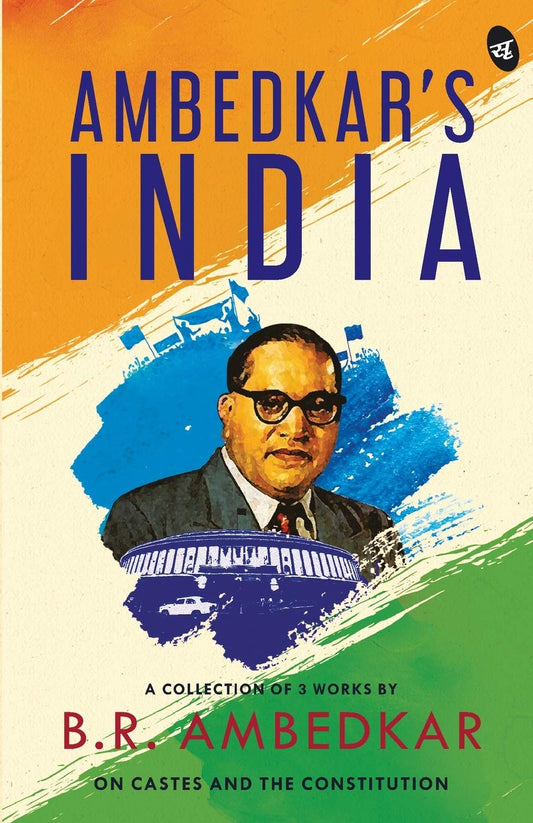In today’s fast-paced and digital world, self-publishing has become a viable and appealing option for authors looking to get their work into the hands of readers. Gone are the days when an aspiring author had to wait for a publishing deal to materialize, navigate the tricky terrain of literary agents, or face rejection letters from big publishing houses.
Now, self-publishing has empowered writers to take full control over the process and bring their books to market on their terms. But like any business venture, it comes with both exciting opportunities and significant challenges.
This comprehensive guide will walk you through the world of self-publishing, highlighting both the pros and cons, so you can make an informed decision about whether it's the right path for you as an author.
What is Self-Publishing?
Self-publishing is the process in which an author independently publishes and distributes their book, without the need for a traditional publishing house. With the rise of online platforms like Amazon's Kindle Direct Publishing (KDP),and others, authors now can publish their work digitally (and often in print) directly to readers across the globe. '
This model allows authors to bypass traditional gatekeepers like literary agents and publishers, giving them complete autonomy over every aspect of the publishing process.
From the moment an author finishes writing, they can self-publish by handling tasks such as editing, design, marketing, and distribution themselves or by hiring freelancers. Self-publishing also allows for flexibility in pricing, creative control, and speed to market.
Pros of Self-Publishing
1. Creative Control
One of the most significant advantages of self-publishing is the freedom to maintain complete creative control over your book. When you self-publish, you have the final say in every aspect of the project, including the content, cover design, title, pricing, and marketing strategy.
In contrast, traditional publishing often requires authors to accept feedback from editors, agents, and publishers, which may result in changes to the original manuscript.
2. Higher Royalties and Profit Potential
Self-published authors generally enjoy higher royalties than those working with traditional publishers. On platforms like Amazon KDP, authors can keep up to 70% of the sales price on e-books, compared to the typical 5-15% royalty rate offered by traditional publishers.
For print-on-demand services, authors also retain a larger percentage of the profits, although print costs are deducted from the sale price.
3. Faster Time to Market
When you self-publish, you have complete control over the timeline. If you’re eager to get your book out to readers, traditional publishing can be a long and drawn-out process.
From writing and editing to securing a deal and going through the production phase, it may take months or even years for a book to hit the shelves. On the other hand, self-publishing allows you to upload your book and have it available to readers in a matter of days or weeks.
4. Global Distribution Self-publishing
offers wide-reaching distribution options that weren’t available to authors even a decade ago. With platforms like KDP, you can have your book available worldwide in multiple digital formats (e-book, audiobook, etc.) and print via print-on-demand services.
You no longer have to rely on a publisher’s distribution network; with just a few clicks, you can have your book accessible to readers in various countries.
5. Flexibility in Pricing
Self-published authors can choose their book’s price and adjust it at any time. This gives you the flexibility to experiment with different pricing strategies, such as offering limited-time discounts or running promotions to boost sales.
You can also choose to publish your book for free, or at a low price, to attract a wider audience or build a fan base.
6. Ownership of Right's
With self-publishing, you retain full ownership of your book’s rights, which is often not the case with traditional publishing deals. Publishers typically require authors to sign over rights to their book for a certain period.
Which can limit the author’s ability to sell the book in different formats or markets. In self-publishing, you are in control of where and how your book is distributed.
Cons of Self-Publishing
1. Upfront Costs
Unlike traditional publishing, where the publisher covers most of the costs (editing, cover design, marketing, etc.), self-publishing requires authors to pay for these services out of pocket.
This includes paying for professional editing, cover design, formatting, and marketing, all of which can add up quickly. While some authors opt to do these tasks themselves, professional-quality services are often recommended to produce a polished final product.
2. Time-Consuming Self-publishing
can be extremely time-consuming. As the author, you’ll be responsible for every step of the process, from editing to formatting to promotion. This means that self-publishing requires a significant investment of time and effort.
For authors who prefer to focus purely on writing, this can be overwhelming, as the marketing and business side of publishing can be just as demanding as the creative process.
3. Marketing and Promotion Challenges
One of the toughest aspects of self-publishing is marketing and promotion. Traditional publishers typically have established networks and marketing teams that help get the word out about your book. As a self-published author, you are entirely responsible for getting your book noticed.
While social media, email newsletters, and paid ads can help, the burden of building an audience, maintaining visibility, and generating sales falls squarely on your shoulders. Effective marketing takes both time and money and without a strong promotional strategy, even the best book can remain unnoticed.
4. Quality Control and Accountability
While self-publishing offer creative control, it also means that quality control is entirely up to you. Without the involvement of a professional publisher’s editorial team, self-published authors may struggle with making their books as polished as they can be.
Self-published works can sometimes be rushed or not properly edited, leading to grammar errors, formatting issues, or subpar cover designs. Readers may also notice that self-published books vary widely in quality, which can affect your reputation as an author.
5. Limited Access to Bookstores and Libraries
While self-published books can be sold online, they may have limited access to traditional bookstores and libraries. Most bookstores tend to favor traditional publishers, and it can be difficult for self-published authors to get their books placed in physical stores.
While there are independent bookstores that are open to self-published authors, the process of distribution and acceptance can be a challenge. Likewise, libraries are often hesitant to carry self-published books, especially if they lack the credibility or professional backing of a major publishing house.
6. No Advances or Industry Recognition
Unlike traditionally published authors, self-published authors generally don’t receive advances against royalties. This means you won’t have the financial cushion that a publishing deal often provides. In addition, self-published authors might struggle with gaining recognition in the literary world.
Many prestigious awards and recognition opportunities are reserved for traditionally published authors, and some readers and industry professionals may perceive self-publishing as less reputable.
Final Thoughts
Self-publishing offers numerous benefits, such as creative freedom, higher royalties, and faster time to market. It’s a great choice for authors who are entrepreneurial, enjoy working independently, and are willing to take on the responsibilities of editing, marketing, and promoting their books.
However, self-publishing also presents its own set of challenges, including upfront costs, time demands, and potential marketing struggles. Ultimately, the decision to self-publish depends on your goals, resources, and willingness to dive into the business side of authorship.
For authors who prefer to maintain complete control and are prepared to invest time, effort, and money into building their platform, self-publishing can be a highly rewarding option.
As a reader, it’s important to remember that self-published books vary greatly in quality, so it’s always a good idea to do your research and read reviews before picking up a book from a self-published author.
Despite these challenges, self-publishing has paved the way for countless authors to succeed and reach their audiences, and it will continue to be an exciting option in the literary world.
What is Self-Publishing? FAQs
What is self-publishing?
Self-publishing allows authors to publish books without traditional publishers, giving them full control over content, pricing, and distribution.
Are self-published books as good as traditionally published ones?
Quality varies, but many self-published books are well-written and professionally edited. Checking reviews can help you find great reads.
Do self-published books cost more or less?
They often cost less since authors set their prices, but premium editions or niche topics may be priced higher.
Where can I buy self-published books?
You can find them on platforms like Amazon Kindle, Apple Books, Kobo, and independent author websites.
Are self-published books available in print?
Yes! Many self-published authors offer paperback and hardcover editions through print-on-demand services.
Can I trust the quality of self-published books?
Many self-published authors invest in professional editing and cover design, but checking samples and reviews helps ensure quality.
Do self-published authors earn more money?
They keep a higher percentage of sales but must handle marketing and production costs themselves.
Should I support self-published authors?
Absolutely! Buying self-published books helps independent authors thrive and brings fresh, diverse stories to the market.









